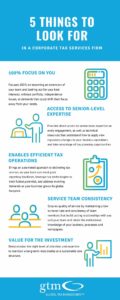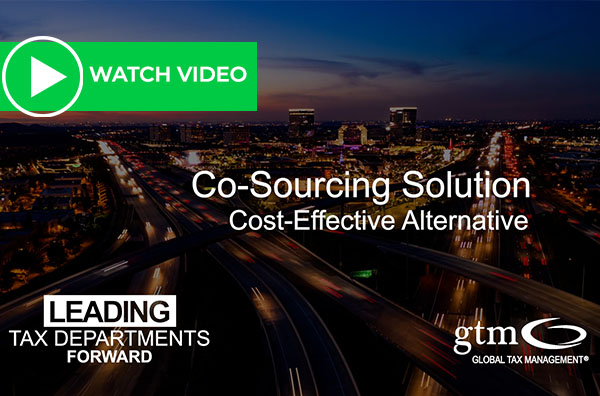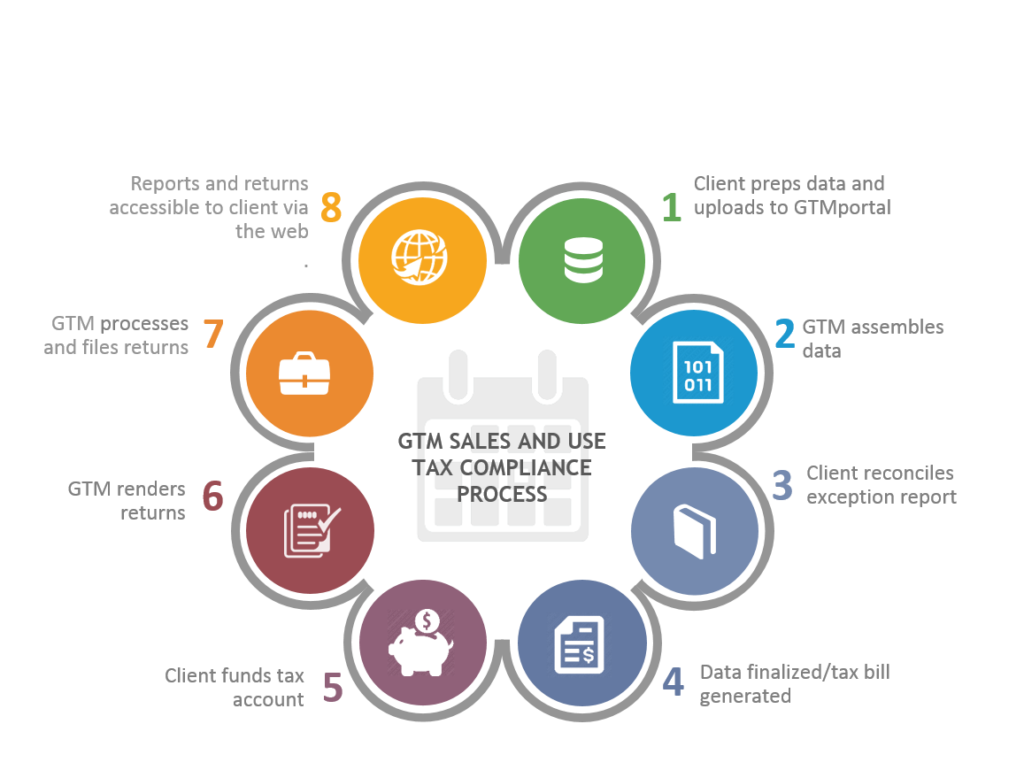How to Execute Post-Wayfair Tax Calculations Post-Wayfair Sales Tax Calcul
In June of 2018, the U.S. Supreme Court released its ruling on South Dakota v. Wayfair. The ruling, for all intents and purposes, did away with the physical presence test for determining when a retailer may be compelled to collect and remit sales tax from its customers in various jurisdictions. For more details on the decision, find the links at the end of this blog. Post-Wayfair Sales Tax Calculations
In this blog, I drill down into one aspect of the fallout from the decision, albeit it an important one – tax calculations.
Historically, if a business has only been operating in a few states or has been based in a single state, it may need to consider how to calculate sales and use taxes for other states where registration is now required due to the Wayfair decision. It’s important to note that just because a company is compelled to collect taxes from its customers does not mean that it should collect the tax on every transaction. Transactions that are considered exempt or excluded from taxation by the various states (e.g. sales for resale, sales to exempt organizations, and sales of products or services that are generally not taxable by law) have not changed as a result of the Wayfair decision. Rather, the Wayfair decision only addressed nexus and the requisite connections with a jurisdiction to trigger a reporting/collecting responsibility, not the taxability of transactions.
If a business determines it is required to collect sales and use tax, and its products and customers are taxable in that jurisdiction, then it must decide how to apply these taxes to its invoices. The application of tax is a real-time exercise, which involves a lot of stakeholders. In implementing any type of action plan to handle this undertaking, businesses must involve the appropriate personnel from accounts receivable, accounting, tax, and information technology. In addition, any process that affects invoicing will need to be thoroughly tested as invoicing is a customer-facing issue and, in this case, a legal issue. As such, businesses should not take this exercise lightly.
Implications and Solutions
If you determine that your company has now triggered the requisite nexus, after registering, there is more work to do. There are over 3,600 taxing jurisdictions for sales and use tax in the U.S. that vary not only in taxing rates but also in taxability determinations and administration. The intricacies of sales and use tax calculations are compounded if your company is performing transactions across state lines, has various product and service lines, and maintains differing types of customers.
The concept of “just charging sales tax” is not as simple as maintaining a tax rate table somewhere and turning on a switch. Tax departments must contemplate all the moving parts — varying tax rates across jurisdictions, origin vs. destination-based sourcing, local tax thresholds, customer taxability, product/service taxability, bundled transactions, drop shipments — things can quickly become overwhelming and almost impossible to maintain manually. Tax calculation is something you must take the time to think about.
Use tax calculations on your company’s purchases can be determined using a static month-end batch process, but sales tax calculations for company invoicing must be a real-time exercise. As a result, software solutions are typically implemented to assist in calculating sales and use taxes. Your billing system today probably has some rudimentary type of calculation engine for sales tax calculations, but the question becomes: Can you maintain it? Can you obtain the right data inputs? Can you report on that information appropriately and timely? It can be difficult. As a result, most companies turn to a third party sales and use tax solution. We group these solutions into three general categories: tax engines, content providers, and cloud-based solutions.
- Tax engine
A tax engine is a stand-alone solution that can be “bolted on” to a billing system. These solutions can vary; some provide only tax rates and leverage billing systems’ functionality for taxability determinations, while others collect various data points from the billing system and perform all the required calculations in the engine and pass the tax back to billing system, which feeds the general ledger and invoices. Companies like Thomson Reuters, Vertex and Avalara have these engines available, all of which must be integrated with your billing systems. You’ll have to think about the initial implementation as a major project and the upkeep of configuration as an ongoing concern, but in the long run they do solve the problem of executing accurate tax calculations.
- Content (rates/rules)
Most ERP or billing systems have at least rudimentary functionality that can perform sales tax calculations for invoicing; you will just have to buy the content (e.g. tax rates and/or taxability rules) and upload it into your system. The difficulty with this approach is that tax rates, and sometimes tax rules, change on a monthly basis. As such, you will have to consider maintenance when utilizing this solution. Note: it’s not so much about the first data set — think beyond today and consider a product that is conducive to future business needs and taxability changes.
- Cloud-based solutions
Cloud-based solutions are much like the tax engines discussed above. They can integrate with billing systems, point-of-sale systems, and legacy billing systems. The only difference would be that these solutions are hosted and maintained (to an extent) by the provider rather than hosted and maintained in-house. Cloud-based solutions can bring both tax rates and taxability determinations to your billing system. Similar to the other solutions discussed, though, there is a maintenance aspect to ensure the configuration of the system is kept up to date with the business needs and changes.
It’s a Good Time to Check Your Overall Sales & Use Tax Process
With all the moving parts post-Wayfair, and undoubtedly more to come, now is the time to get your entire sales and use tax process in check. In addition to choosing the right solution for tax calculations, it is important to implement a process that facilitates your needs to collect, report, remit, and reconcile those taxes.
Ask the right questions about your current data and processes to determine the best compliance approach for you. Work to improve your current process and identify improvements now before you decide on a tax calculation solution. See our “closed-loop” model below to assist in this exercise:
Remember, though, sales and use tax compliance isn’t just about filing returns. It is about collecting the appropriate amount of tax in the requisite jurisdictions, properly reporting on those collections, and maintaining data for audit purposes. When done properly, indirect taxes are passed on to the customer. When not done properly, it can become the burden of the seller (and penalties and interest may follow). So, analyze your current process while you are digesting the other implications of Wayfair.
For more details about the ruling, catch our coverage in the Tax Notes Talk podcast and the Tax Notes article, Wayfair Gives States Just What They Need, authored by my colleague, Jim Ford.
We hope this post was helpful as you assess the impact of the South Dakota vs. Wayfair ruling on your business. GTM will be publishing regular posts highlighting key features and new developments as they are announced. Visit our tax & technology blog page for the latest.




